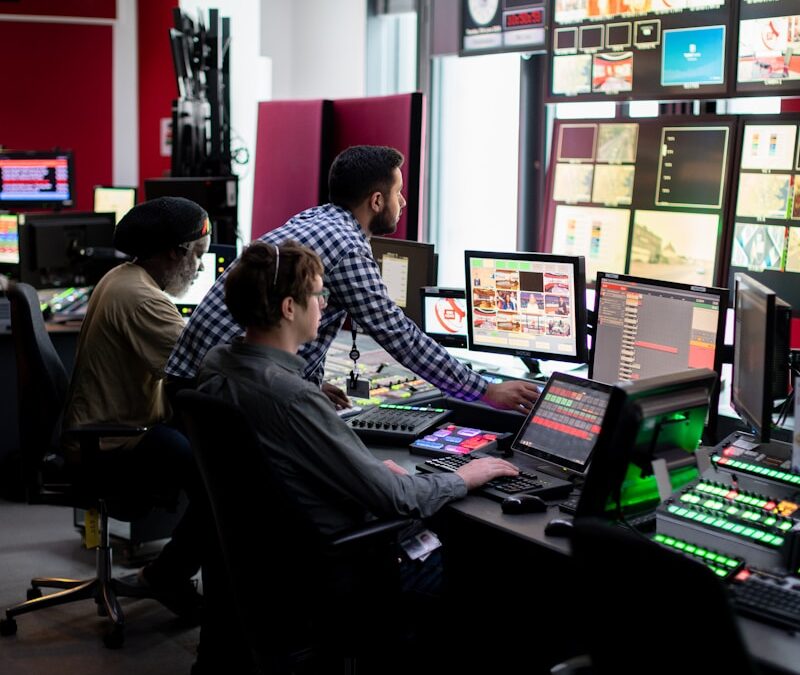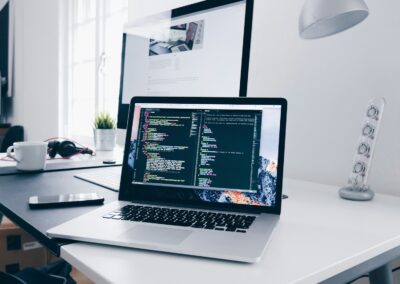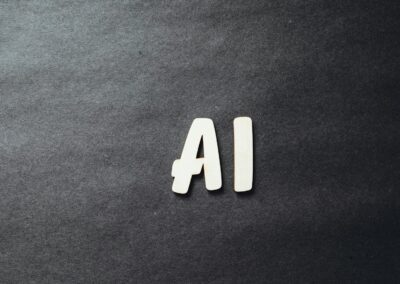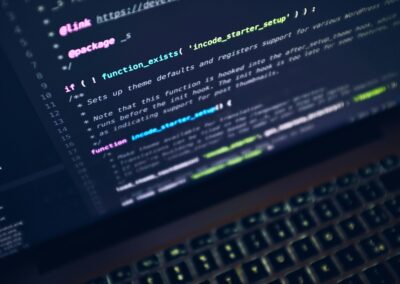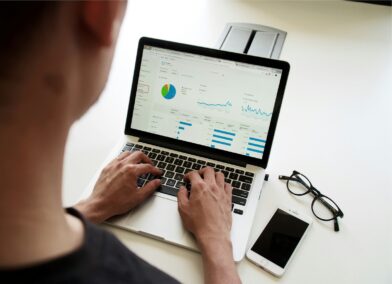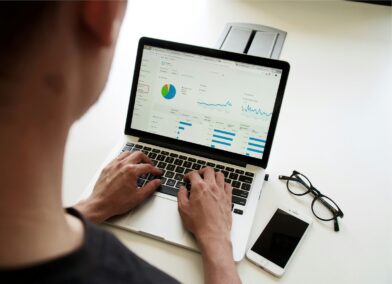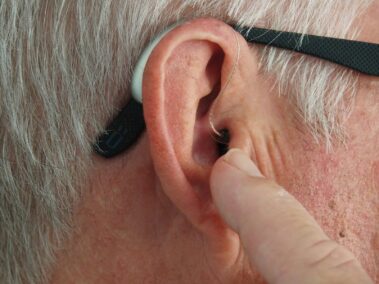Unlocking the Benefits of Gait Recognition Technology in Saudi Arabia and UAE
Gait recognition technology is emerging as a game-changer in the realm of security, offering businesses in Saudi Arabia and the UAE an innovative solution to bolster their defense against potential threats. Unlike traditional biometric methods such as fingerprints or facial recognition, gait recognition focuses on analyzing an individual’s walking pattern to identify them. This unique approach adds an extra layer of security, as gait patterns are difficult to mimic or spoof, providing businesses with a reliable means of authentication and access control.
Enhanced Security and Access Control
One of the primary advantages of gait recognition technology is its ability to enhance security and access control within businesses. By analyzing subtle nuances in an individual’s walking pattern, such as stride length and posture, gait recognition systems can accurately identify authorized personnel and detect unauthorized individuals attempting to gain access to secure areas. In sectors where physical security is paramount, such as banking, government, and healthcare, gait recognition offers an additional layer of protection against unauthorized access and potential security breaches. With gait recognition technology in place, businesses can strengthen their security posture and minimize the risk of unauthorized entry.
Improved Fraud Detection and Prevention
Beyond access control, gait recognition technology also plays a crucial role in detecting and preventing fraudulent activities within businesses. In industries such as finance and retail, where identity theft and fraud are significant concerns, gait recognition can help businesses verify the identity of individuals conducting transactions or accessing sensitive information. By comparing the gait patterns of individuals against a database of known patterns, businesses can flag suspicious activities and take proactive measures to prevent fraud before it occurs. This proactive approach not only protects businesses from financial losses but also safeguards the integrity of their operations and enhances trust among customers and stakeholders.
Seamless Integration and User Experience
Despite its advanced capabilities, gait recognition technology offers a seamless and user-friendly experience for both employees and customers. Unlike other biometric authentication methods that may require specialized hardware or intrusive scanning processes, gait recognition can be implemented using existing CCTV cameras or other surveillance systems, minimizing the need for additional infrastructure investments. Furthermore, gait recognition operates passively, meaning individuals can be identified without having to pause or interrupt their normal activities, resulting in minimal disruption to workflows and operations. By seamlessly integrating gait recognition technology into their existing security infrastructure, businesses can enhance their overall security posture while maintaining a positive user experience for all stakeholders.
Enhancing Workplace Safety and Compliance
Gait recognition technology not only contributes to enhancing security but also plays a vital role in improving workplace safety and ensuring compliance with regulatory standards. In industries such as manufacturing, construction, and logistics, where workplace accidents and injuries are a significant concern, gait recognition can help businesses monitor employee movements and identify potential safety hazards in real-time. By analyzing gait patterns, businesses can detect irregularities or signs of distress in employees’ movements, allowing them to intervene promptly and prevent accidents before they occur. Additionally, gait recognition technology can assist businesses in maintaining compliance with safety regulations by providing objective data on employee movements and behaviors, which can be used to assess and improve safety protocols.
Optimizing Resource Allocation and Efficiency
Furthermore, gait recognition technology offers businesses in Saudi Arabia and the UAE the opportunity to optimize resource allocation and improve operational efficiency. By accurately identifying individuals as they move throughout a facility, businesses can gain valuable insights into employee behavior patterns and usage of resources. This data can be leveraged to streamline workflows, allocate resources more efficiently, and identify opportunities for process optimization. For example, businesses can use gait recognition data to optimize staffing levels, improve traffic flow in high-traffic areas, and reduce wait times for customers or employees. By leveraging gait recognition technology to optimize resource allocation and improve operational efficiency, businesses can enhance their competitiveness and drive sustainable growth.
#GaitRecognition #SecurityTechnology #BusinessSecurity #SaudiArabia #UAE #Riyadh #Dubai

